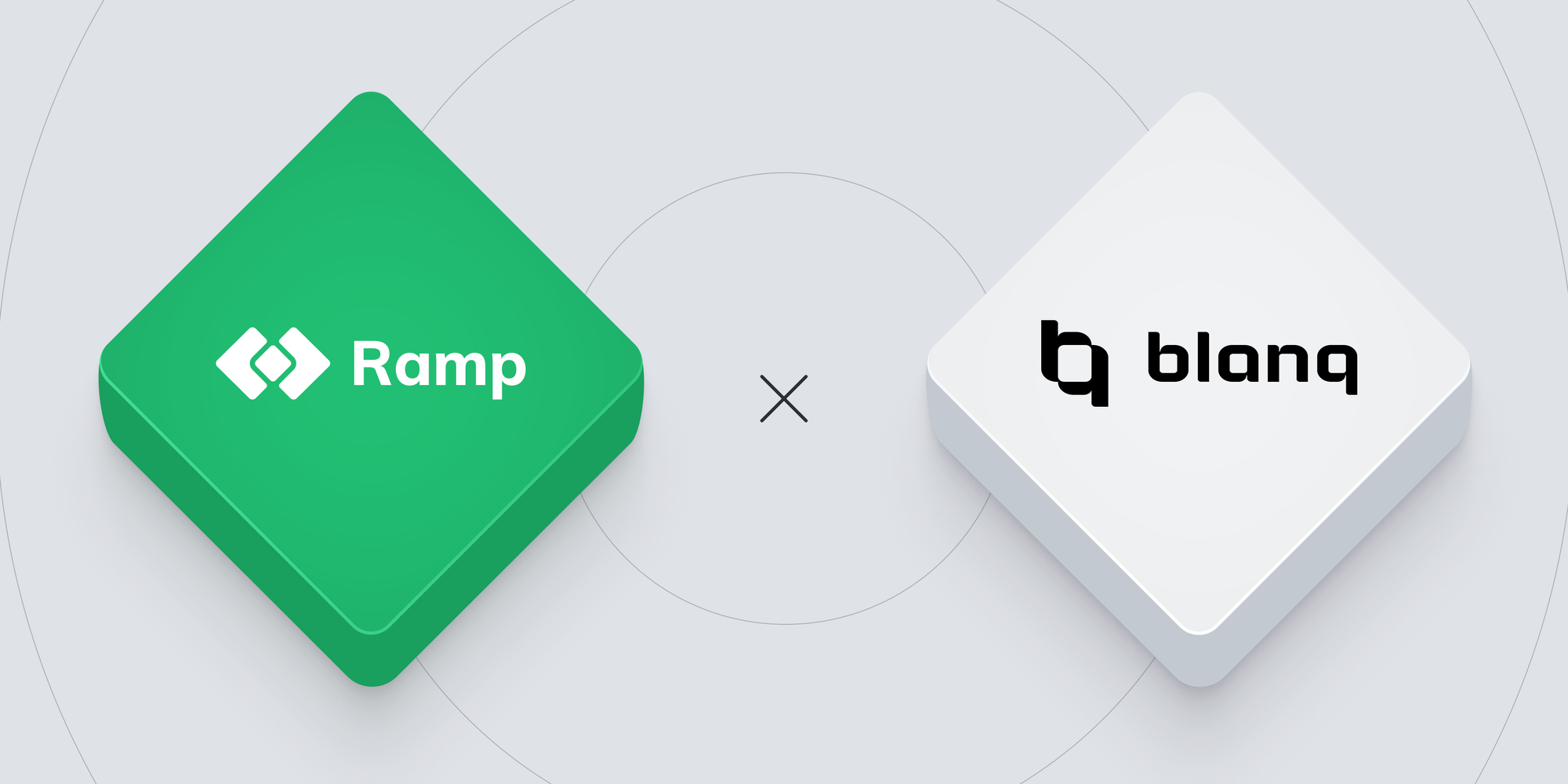The Inner Workings of a Hardware Wallet



The Inner Workings of a Hardware Wallet: Delving into the technical aspects of how a hardware wallet functions to secure private keys.
Table of Contents:
1. Introduction
2. What is a Hardware Wallet?
3. The Anatomy of a Hardware Wallet
4. How a Hardware Wallet Secures Private Keys
5. Transaction Processes and Verification
6. Recovery and Backup Mechanisms
7. Potential Threats and How Hardware Wallets Counteract Them
8. Popular Hardware Wallets in the Market
9. Best Practices for Using a Hardware Wallet
10. Conclusion
11. References
TL;DR: In the cryptocurrency world, safeguarding your private keys is vital. This article explores how hardware wallets work to secure your digital assets. It covers their functions, security measures, and usage tips, providing essential knowledge for cryptocurrency security. Dive in and discover how hardware wallets are transforming digital wealth management.

Introduction
In the world of cryptocurrencies, safeguarding your private keys is paramount. Hardware wallets have emerged as the gold standard for securing digital assets. This article delves deep into the technical aspects of hardware wallets, unveiling how they function to protect your private keys and digital wealth.
Cryptocurrencies represent a significant shift in how we manage and store value, and the security of your private keys is the foundation of this revolutionary financial system. Within this context, hardware wallets play a pivotal role.
1. What is a Hardware Wallet?
A hardware wallet is a specialized device designed to secure and manage your cryptocurrency holdings. It provides a physical barrier between your private keys and potential online threats. This section provides a definition, explores the basic functions of hardware wallets, and traces the evolution of these devices in the cryptocurrency space.
2. The Anatomy of a Hardware Wallet
To understand how hardware wallets work, we need to dissect their physical and internal components. This section takes you through the various elements, from screens and buttons to the critical internal architecture, including the CPU, secure element, and memory storage. We'll also discuss the vital importance of an isolated environment in ensuring security.
3. How a Hardware Wallet Secures Private Keys
The heart of any hardware wallet lies in its ability to generate and safeguard private keys. We'll explore the intricate process of generating a unique private key and delve into the encryption methodologies employed to protect it. The concept of "cold storage" will be unveiled, showcasing how hardware wallets keep your keys offline and away from prying eyes.
4. Transaction Processes and Verification
Hardware wallets not only store your keys securely but also facilitate the execution of transactions. In this section, we'll provide a step-by-step walkthrough of how to send a transaction using a hardware wallet. Learn why transaction verification on the device screen is a crucial step in securing your digital assets. Discover the integral role of the hardware wallet in signing transactions securely.
5. Recovery and Backup Mechanisms
The safety of your private keys extends to disaster recovery and backup procedures. We'll introduce you to recovery phrases and underscore their significance in safeguarding your digital wealth. Learn about the process of restoring a hardware wallet using a recovery phrase and explore the best practices for securely storing and managing these essential components.
6. Potential Threats and How Hardware Wallets Counteract Them
The world of cryptocurrencies is not without its challenges. From phishing attempts to man-in-the-middle attacks, threats to cryptocurrency wallets abound. In this section, we'll discuss the common types of attacks and reveal the robust defenses hardware wallets employ to thwart them. We'll also emphasize the importance of firmware updates in countering emerging threats.
7. Popular Hardware Wallets in the Market
Hardware wallets have gained popularity, and various brands and models compete for your trust. This section offers an overview of leading hardware wallet options. We'll provide a brief comparison, focusing on features, security measures, and user reviews to help you make an informed choice.
8. Best Practices for Using a Hardware Wallet
Security is not solely dependent on the device but also on how you use it. We'll offer valuable recommendations for safely setting up and utilizing a hardware wallet. Understand the significance of regularly updating firmware and gain insights into best practices for ensuring the physical security of your device.
Conclusion
In the ever-evolving landscape of cryptocurrencies, security remains paramount. Hardware wallets represent the pinnacle of private key protection. This article has provided an in-depth look into the intricate technical aspects of hardware wallets, emphasizing their crucial role in ensuring the safety of your digital wealth.
References
This article is built on extensive research and references various sources, articles, and studies that have contributed to our understanding of hardware wallets and their inner workings. For further exploration, please refer to the listed references.

